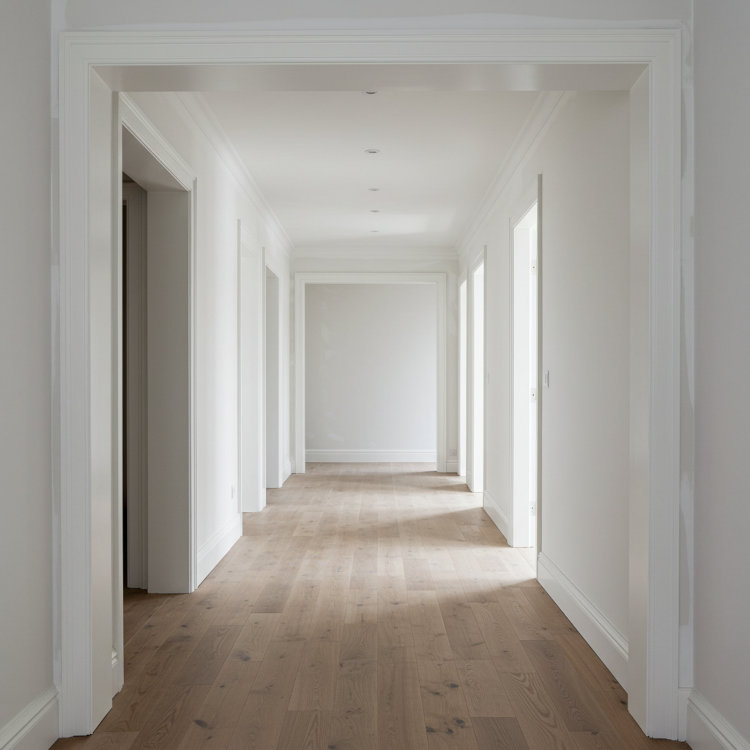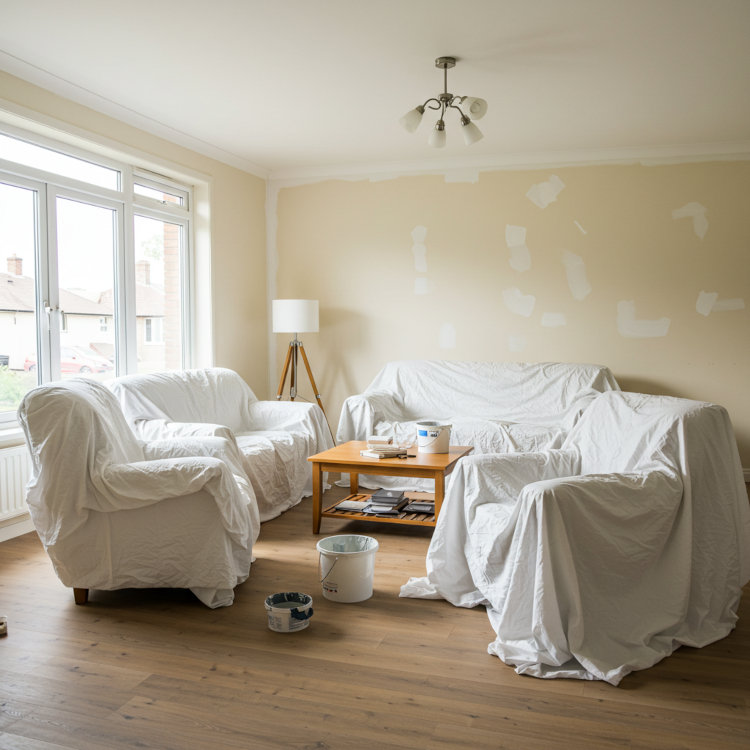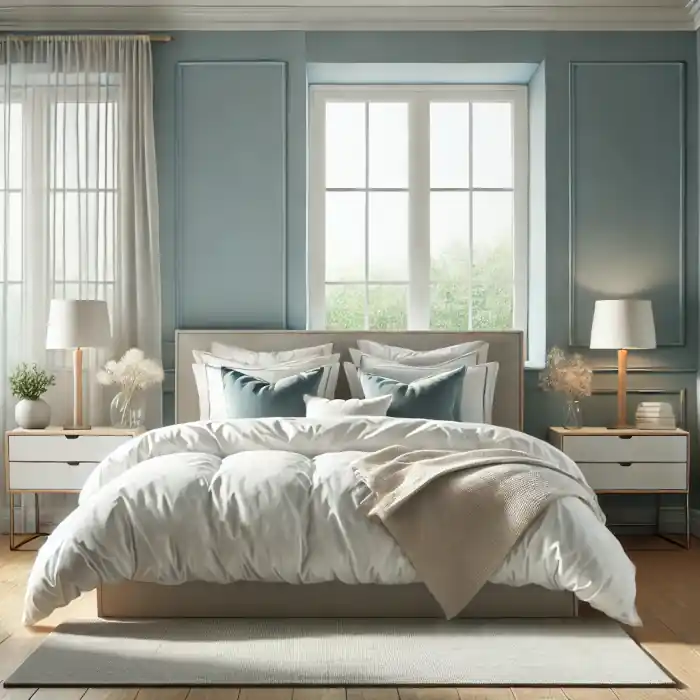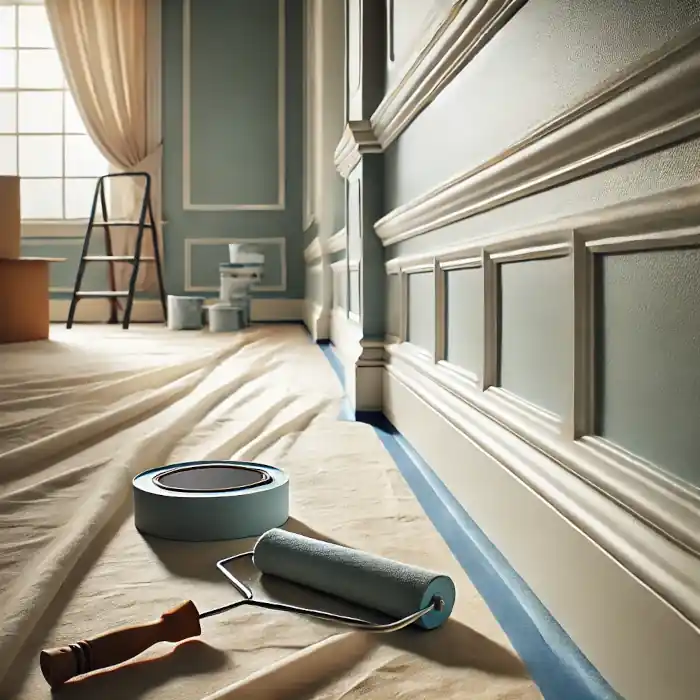As an Amazon Associate, I earn from qualifying purchases. Privacy Policy / Terms
Hiring professional painters is one of the best ways to improve your home. A fresh coat of paint brightens interiors, protects exteriors, and adds long-term value. But before the crew shows up, there are a few important steps to take. Preparing your home in advance makes the project faster, safer, and easier for everyone.
Why Preparation Matters
Professional painters bring the tools, experience, and skills to deliver high-quality results. Homeowners play an equally important role by getting the space ready. A prepared home allows painters to focus on their craft instead of moving furniture or cleaning walls. It also reduces the risks of paint splatters or accidents.
Good preparation helps interior painting and exterior paint jobs last longer. Surfaces that are clean, clear, and ready for primer give the best results.
Move Furniture and Clear the Room
Furniture is the first obstacle in most painting projects. Move large pieces like sofas, tables, and dressers away from walls. Place them in the center of the room or, if possible, move them to another area of the house.
Clearing the space gives painters easy access to walls and trim. It also protects furniture from accidental paint splatters. While crews bring a drop cloth to cover belongings, having the room open makes the job go faster.
Protect Valuables and Fragile Items
Cover or remove delicate items before painting begins. Electronics, lamps, and decorations should be stored in another room. Take artwork, mirrors, and family photos off the walls. Fragile or personal items should be kept out of the workspace so the crew can focus on applying paint instead of worrying about damage.
Clean Walls and Surfaces
Paint adheres best to clean walls. Dust, grease, and stains can interfere with coats of paint. Wipe down walls with a mild cleaner and let them dry fully.
If you see peeling paint or cracks, let your painting contractor know. Professional interior house painters often handle surface preparation. They may sand rough spots, repair imperfections, and apply coats of primer. Starting with clean walls makes these steps even more effective.

Create Safe Work Areas
Painters need clear access to tools and ladders. Remove rugs, chairs, and small tables from the workspace. Clear hallways and entryways so the crew can move equipment safely. Simple changes create a safer job site and prevent delays.
Make a Checklist
A checklist keeps you organized and ensures nothing gets overlooked. Before the project begins, confirm that you:
- Move furniture away from the walls or into another room
- Cover or remove fragile items and electronics
- Take down mirrors, photos, and wall hangings
- Clean walls to remove dust and stains
- Clear floors and hallways for easy access
- Confirm paint colors, finishes, and the type of paint with your contractor
Completing this list makes it easy for painters to start right away.
Communicate With Your Painting Contractor
Clear communication ensures your expectations are met. Let your contractor know if certain rooms need special attention or if repairs are required. Confirm paint colors, finishes, and the type of paint you prefer. Some homeowners like latex paints for walls because they dry quickly. Others may choose oil-based paints for trim and cabinets because of durability.
Discussing these details in advance prevents delays and ensures a smooth painting project.
Plan Around the Painting Schedule
Interior painting can affect how you use your home. Bedrooms, kitchens, or offices being painted may not be available during the day. Plan meals, work, and sleeping arrangements accordingly.
For exterior paint jobs, park vehicles away from the house and move outdoor furniture so painters have space. These simple adjustments save time and keep your property safe.
Understand the Paint Options
Professional painting involves more than selecting colors. Different paints serve different purposes.
- Latex paints are common for walls. They dry quickly and resist stains.
- Oil-based paints are durable and often used for trim or cabinets.
- High gloss finishes highlight details on baseboards, molding, and doors.
- Coats of primer help paint stick better and extend the life of the finish.
High-quality paint improves appearance and saves money by lasting longer. Your contractor can help you choose the right type of paint for each surface.
Think About Budget and Timing
Preparation also includes planning your budget and schedule. Talk with your contractor about the cost to paint each space and how long the project will take. Factors include room size, number of coats of paint, and surface condition. A well-planned timeline avoids surprises and helps the crew stay on track.
What Not to Do Before Painters Arrive
Homeowners sometimes make mistakes that slow down the job. Do not leave wet or freshly cleaned walls when the crew arrives. Avoid moving furniture at the last minute when painters are already setting up. Do not forget to check that pets and children are kept out of work areas.
Avoiding these issues helps your painters stay efficient and focused.
Final Thoughts
Preparation may take only a short time, but it has a strong impact on results. Move furniture, cover valuables, and clean walls before the project begins. Clear walkways, create a painting checklist, and talk with your contractor about paint colors, finishes, and costs.
These steps allow professional painters to work efficiently and deliver the polished, long-lasting finish your home deserves. With the right preparation, a painting project becomes easier, less stressful, and more rewarding.
Views Expressed Disclaimer
The views, opinions, and information presented in this article are for informational purposes only and do not necessarily reflect the official policies or positions of Chagrin Falls Painting. While every effort has been made to ensure accuracy, Chagrin Falls Painting is not liable for any errors, omissions, or decisions made based on the content provided. Readers are encouraged to consult professionals for specific advice or assistance related to their unique circumstances.








